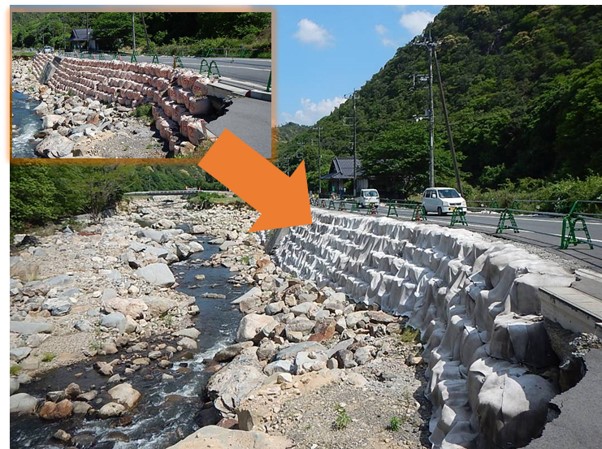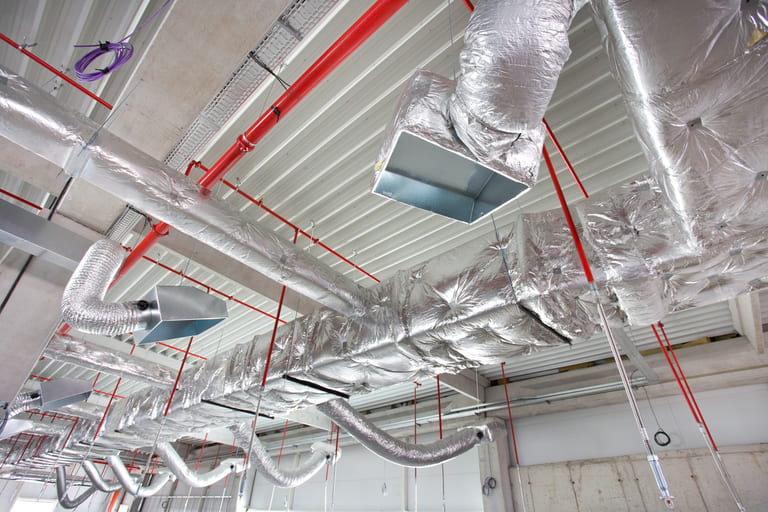

Taiyo Kogyo Column
Also applicable to agriculture! Case Study: Use of “Tent Warehouse” to Double Shiitake and Maitake Mushroom Production│ Interview with Company that Introduced the System
2021.03.04

Ltd., established in 1976, is a producer and seller of mushrooms, mainly shiitake and maitake mushrooms, in Salmon River Village, Mogami County, Yamagata Prefecture, which is famous for its mushrooms.
The company is characterized by the fact that its business is not only “agriculture” that produces mushrooms, but also “agro-industry” that includes processing, sales, and wholesaling, and is always making new efforts such as developing new products.
The company, which continues to take on such challenges, has introduced a new “tent warehouse” as a facility for cultivating shiitake and maitake mushrooms. At first glance, the “tent warehouse” does not seem to be associated with the cultivation of crops, but how was it introduced, and what are its advantages as a cultivation facility?
We interviewed Mr. Araki, president of the company, about the new possibilities of using “tent warehouses” in agriculture.
Table of Contents
- 1. How and why did you choose “Tent Warehouse”?
- 2. From the start of consideration to adoption
- 3. Gaps felt after introduction
- 4. Good points about “tent warehouses
- 5. “Tent Warehouses” Points of Concern
- 6. Use of “Tent Warehouses” in Mushroom Cultivation
- 7. Change in production capacity
- 8. Summary
How and why did you choose "Tent Warehouse" as your cultivation facility?
Originally, we were thinking of using a subsidy program to build a new facility. In researching various subsidy programs, we found that we could proceed with our consideration if it was an agricultural subsidy program. One of the deciding factors was that Taiyo Kogyo’s “Tent Warehouse” would be able to handle this area and proceed very smoothly.
As for the facility, we were initially thinking of using a gardening house, but the gardening house posed a problem in terms of height in terms of building laws. Therefore, we changed our policy midway through the project to a tent house that would solve the height problem.
Among them, the designer recommended Taiyo Kogyo’s “Tent Warehouse. Taiyo Kogyo had a lot of experience in this field, and when we saw it in use at the Okura branch of the JA, we felt that we could make it work, which was the deciding factor. A large amount of investment was required to build a new facility, and our area is particularly prone to heavy snowfall, so we did a fair amount of preliminary research to make sure we had a good idea of what we were getting ourselves into. Therefore, it was very important for us to be able to confirm the actual adoption of the system in the neighborhood.
How long did it take you to reach a final decision after you started considering Tent Warehouse?
It took about six months. There was a lot of detailed communication on how to design the cultivation facility, and that took time. However, I remember that deciding on the tent itself was quick, because we were able to confirm examples of JA’s work, which gave us a certain degree of confidence, and we were able to quickly determine the general framework of the project.
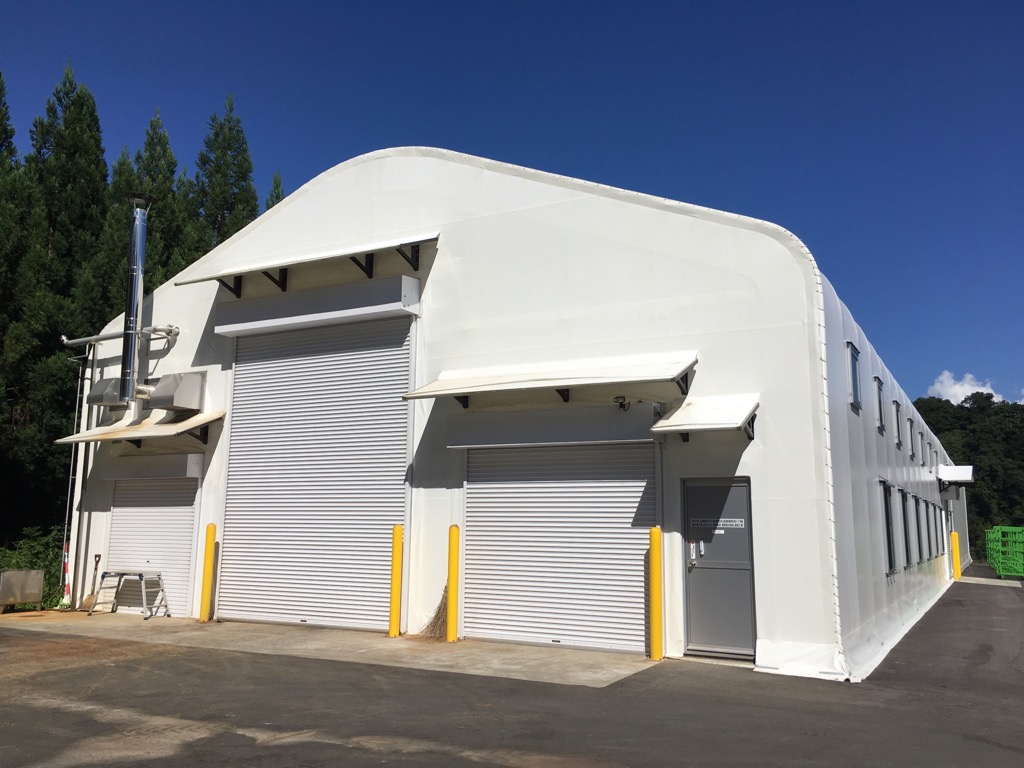
Were there any gaps before and after the introduction of the system?
There was no gap in particular. One thing that was better than expected was the brightness of the interior, which is unique to “tent warehouses. When we work during the day, we don’t have to turn on any lights, but can make good use of natural light to ensure brightness, so we feel that we have no problems when working.
What are some of the advantages of a "tent warehouse?"
One major advantage is that there are no pillars. In a normal steel-frame structure, large pillars are inevitably erected in the structure. With the Tent Warehouse, there are no pillars, so there are no design restrictions and the space can be used to its fullest extent. I feel again that this was a very good point. Also, including the brightness point I mentioned earlier, we were able to create a very good working environment, which I think contributes to the motivation of the employees. I am also very satisfied with the support system, as they have been very responsive to our needs from the review stage to the present.
On the other hand, do you have any concerns?
After spending six months there, I honestly feel that while I did not feel that hot in the summer, it is still cold in the winter. The tents are made of sheet material, and the work area is inevitably cold due to the nature of the area, so we need to think about how to deal with this in the future. Also, we are in an area with heavy snowfall, so I am still a little concerned about how much snow we can withstand. We will not know until we actually experience it.
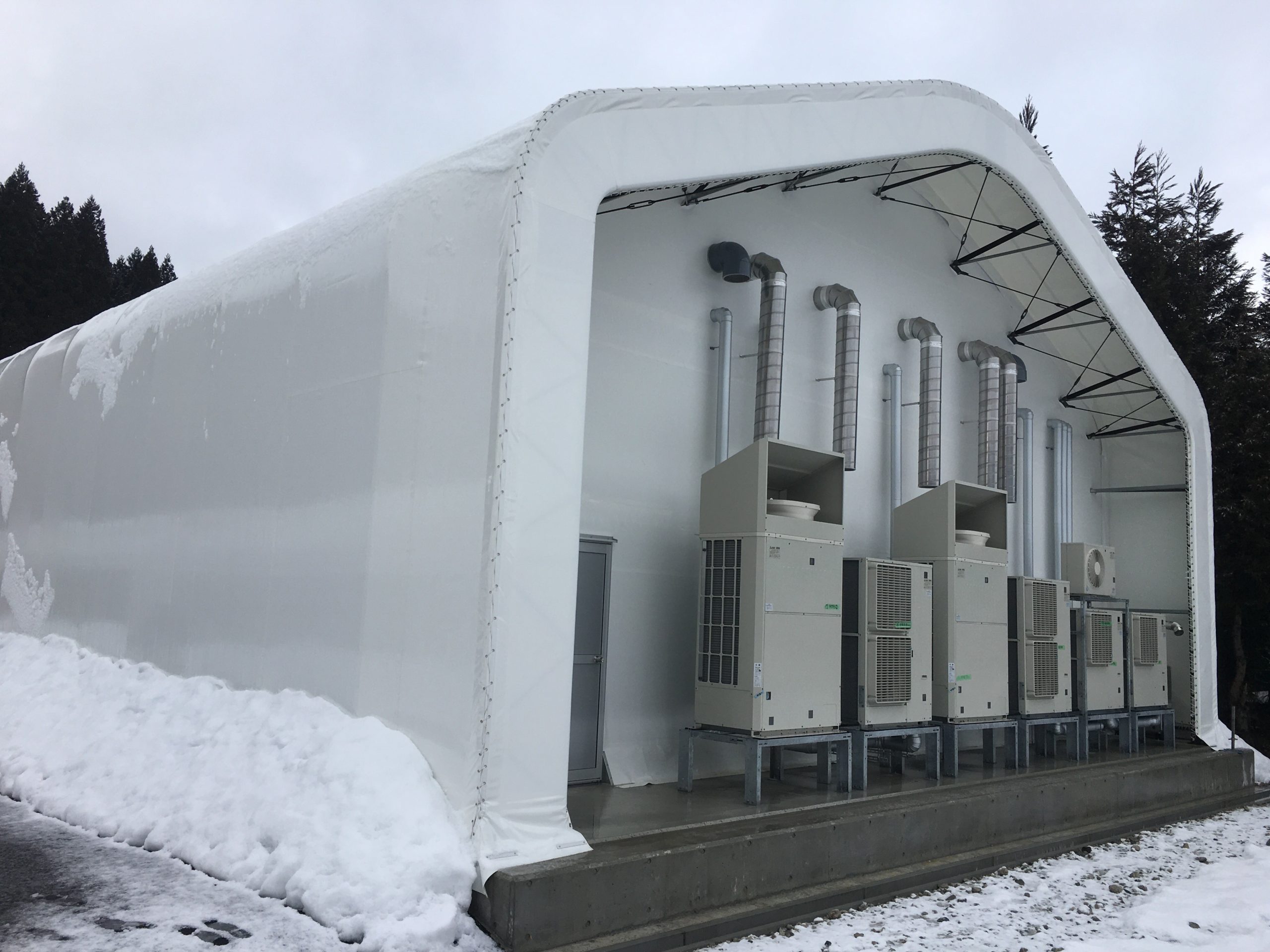
How are "tent warehouses" actually used in mushroom cultivation?
Simply put, the “tent warehouse” is used first from the scene of making the fungus. The flow of this facility is to make shiitake and maitake mushroom culture media and mix them with a mixer. Then, the bags are packed in a stuffing machine, placed on a cart, and after high-pressure sterilization, the fungi are planted. After it is grown to some extent in the culture room in the back, it is moved to another house. We have a proper boiler in the “tent warehouse,” so that the initial stages of cultivation can all be completed in one facility.
Has there been any change in production capacity since the introduction of the system?
Although this is only a plan, it is assumed that the production volume will roughly double, given the scale of the facility. Initially, we were not looking to expand the scale of the facility to that extent, but as a result, we have shifted our focus to the merits of scale because of the certain costs and time required for construction.
We have not yet fully secured the human resources and technology necessary for expansion, so we are not at 100% capacity at this point, but we definitely plan to increase production. In the shiitake and maitake mushroom industries, there has been an increase in the number of farmers withdrawing due to various factors, and we have not been able to meet the demand for our products. We believe that we will be able to expand such sales channels in the future.
Thank you very much, Mogami Maitake Co.
Katoh Farm Inc. and similar achievements can be viewed below.
>>> Click here
Inquiries about Tent Warehouse products can be made through the Tent Warehouse product website.
> Tent Warehouse Product Site
You can contact Taiyo Kogyo Corporation through the General Inquiries page.
>> Taiyo Kogyo Corporation | General Inquiries
For more information on subsidies, see also the related columns below.
> How to introduce agricultural machinery and facilities using the “Comprehensive Support Grant for Creating Strong Agriculture and Bearers of Agriculture”.
Tent Warehouseへの
Contact us
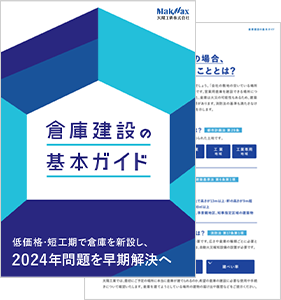
What you need to know when building a warehouse
We packed it all in.
Clues to solving the 2024 problem
Recommended for
I don't know where to start in building a warehouse.
I want to build a warehouse in an economical way.
Which type of warehouse should we build?
I want to learn the basics of warehouse construction anyway.
I'm concerned about the 2024 problem, but I don't know what to do about it.
Related Articles
- TOP>
- Taiyo Kogyo Column>
- Also applicable to agriculture! Case Study: Use of “Tent Warehouse” to Double Shiitake and Maitake Mushroom Production│ Interview with Company that Introduced the System






